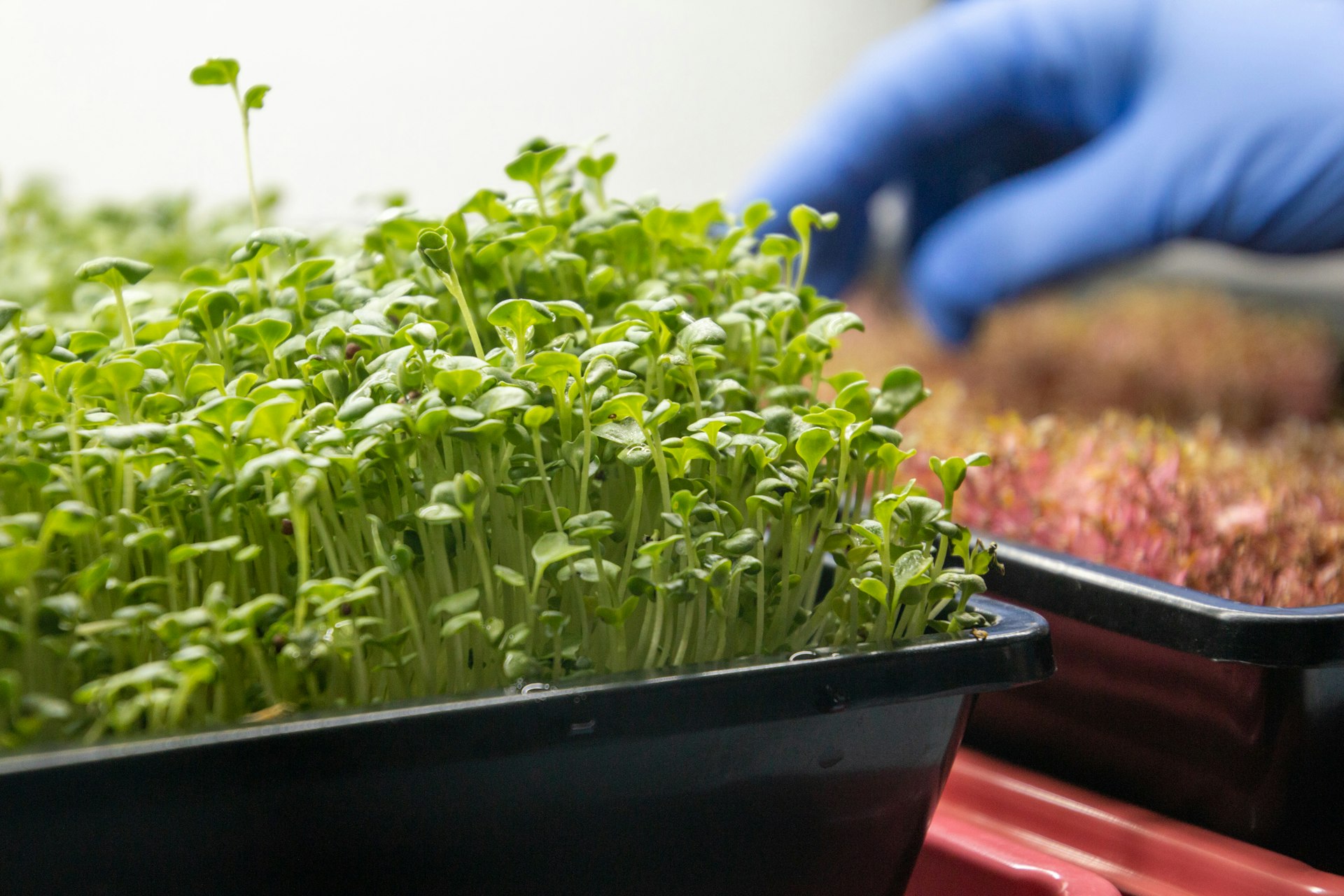Unlocking the Benefits of Heritage Grains in Modern Baking

Photo by Duncan Kidd on Unsplash
Introduction: Why Heritage Grains Matter in Baking
Heritage grains are making a remarkable comeback among bakers and food enthusiasts who seek more than just conventional wheat flour. These grains are celebrated for their distinctive flavors , nutritional advantages , and environmental sustainability . In this article, we’ll explore what sets heritage grains apart, how to use them in baking, and actionable strategies for sourcing and incorporating these grains into your kitchen.
Understanding Heritage Grains: Definitions and Varieties
The term “heritage grains” refers to cereal varieties that have been cultivated for hundreds or thousands of years, often passed down through generations without significant genetic modification or hybridization. Unlike modern wheat, which has been selectively bred for yield and uniformity, heritage grains retain their original genetic makeup and are typically grown using traditional methods [1] . Common heritage and ancient grains include:
- Einkorn: Known as the earliest cultivated wheat, einkorn offers a mild, slightly sweet flavor and is rich in nutrients. Its simple genetic structure makes it easier to digest and lower in gluten [2] .
- Emmer: Cultivated for over 8,000 years, emmer is the ancestor of durum wheat and Khorasan. It is valued for its robust flavor and nutritional density [5] .
- Spelt: Native to southern Europe, spelt is a hexaploid wheat with a nutty taste, high protein content, and versatile baking properties [5] .
- Khorasan (Kamut®): This ancient wheat is prized for its buttery flavor and high mineral content. Commercially available as Kamut®, it’s grown in the US and known for its digestibility [3] .
- Other ancient grains: Amaranth, barley, buckwheat, and millet also fall under the heritage grain umbrella, each offering unique baking qualities [3] .
Health and Nutritional Benefits
Heritage grains are often richer in vitamins, minerals, and antioxidants compared to their modern counterparts. For instance, they typically contain higher levels of lipids and carotenes, which contribute to cream-colored flour and enhanced nutritional profiles [4] . Many people find heritage grains easier to digest and less likely to provoke gluten sensitivities, due to their simpler gluten structure [2] . However, qualifying language is important: while many experience these benefits, individual results may vary. Always consult with a nutritionist or healthcare provider if you have specific health concerns.
Flavor Profiles and Sensory Qualities
Baking with heritage grains brings new flavor dimensions to bread, pastries, and other baked goods. For example, einkorn offers a delicate sweetness, emmer contributes earthy notes, and spelt adds a nutty depth [1] . These grains also provide a signature aroma and improved crumb structure, allowing bakers to differentiate their products in both flavor and appearance. Using population wheat or ancient varieties, you may notice a richer, more complex taste compared to standardized modern flours [4] .
Sustainability and Local Food Movements
Heritage grains are often grown using eco-friendly, low-input methods that support biodiversity and soil health. By choosing heritage grains, bakers can contribute to local food movements, support small-scale farmers, and promote agricultural diversity. Many of these grains are tied to specific terroirs, meaning they reflect the unique characteristics of their growing regions [1] . If you wish to support sustainable agriculture, ask local millers or farmers about heritage varieties available in your area. You can also search for organizations or cooperatives dedicated to heritage grain conservation and distribution.
How to Bake with Heritage Grains: Step-By-Step Guidance
Incorporating heritage grains into your baking routine requires some adjustments but is accessible to both beginners and professionals. Here’s a step-by-step approach:
- Identify Your Grain: Choose a heritage grain based on your desired flavor and baking goals. Einkorn and spelt are versatile for breads, pancakes, and cookies, while emmer and Khorasan suit heartier loaves and pastries [2] .
- Sourcing Flour: Heritage grain flours can often be found at specialty bakeries, organic food stores, or directly from local mills. When possible, seek out stone-ground, whole-grain varieties for maximum nutrition.
- Adjust Your Recipes: Heritage grains absorb water differently and may have lower gluten than modern wheat. Begin by substituting up to 25-50% of your regular flour with heritage grain flour, adjusting hydration as needed. For bread, longer fermentation times and gentle kneading can yield better results [3] .
- Experiment and Document: Each heritage grain behaves uniquely, so keep notes on texture, flavor, and performance. Try both yeast and sourdough techniques to explore the full range of flavors.
- Seek Community Support: Connect with local or online baking groups focused on heritage grains. Participate in workshops, webinars, or classes to gain hands-on experience and tips.
For more practical tips and recipes, you can consult reputable baking organizations, attend grain-focused festivals, or read articles from established producers such as Matthews Cotswold Flour [3] . If you cannot find heritage grain products locally, consider online retailers or inquire at farmers’ markets.
Challenges and Solutions
Some common challenges in baking with heritage grains include:

Photo by es lev on Unsplash
- Availability: Heritage grain flours may not be as widely distributed as modern wheat. Solution: Build relationships with local millers, join community-supported agriculture programs, or explore reputable online sources.
- Recipe Adaptation: Lower gluten can affect rise and texture. Solution: Combine heritage grains with high-protein flours, use longer fermentation, and experiment with hydration levels.
- Cost: Heritage grains may be more expensive due to small-scale production. Solution: Start by using partial substitutions and gradually increase as your budget allows.
Alternative approaches include collaborating with local bakers to share bulk purchases, or joining educational programs to learn cost-effective baking methods.
Accessing Heritage Grains: Step-by-Step Guidance
If you’re ready to get started, here are actionable steps:
- Contact local mills or bakeries and inquire about heritage grain offerings. Many will provide lists or suggestions based on your baking needs.
- Visit farmers’ markets, organic food stores, or co-ops in your area. Ask about heritage varieties and request samples if available.
- Search online for reputable retailers specializing in heritage and ancient grains. Verify product authenticity and reviews before purchasing.
- Join baking communities or forums that focus on heritage grains. These groups often share sourcing tips, recipes, and troubleshooting advice.
- If unsure where to start, consult the websites of established flour producers (such as Matthews Cotswold Flour) for educational resources and guidance [3] .
Conclusion: Key Takeaways and Next Steps
Heritage grains offer unique flavors , enhanced nutrition , and sustainable benefits for modern bakers. By understanding their properties and following step-by-step implementation guidance, you can elevate your baked goods and support environmentally responsible food systems. Begin by sourcing quality heritage grain flours, adapt your recipes, and connect with local and online communities for support and inspiration.
References
- [1] Bread Magazine (2023). Heirloom, Ancient, Heritage, and Landrace Grains: Are They All the Same?
- [2] Domaselo (2022). Different Types of Grains Used in Baking.
- [3] Matthews Cotswold Flour (2023). Ancient Grains from Matthews Cotswold Flour.
- [4] Heritage Grand Bakery (2022). History of Ancient Grain.
- [5] Heritage Flour Baking (2023). Meet these Ancient Grains: Re-Discovering the Ancient Wheat Varieties.
MORE FROM hotondeals.com













